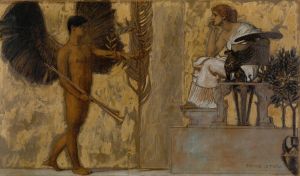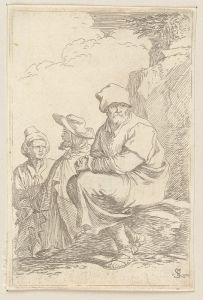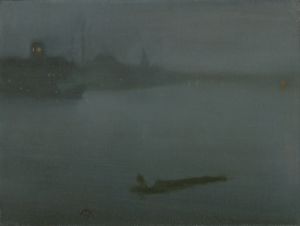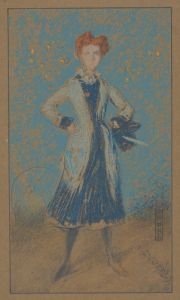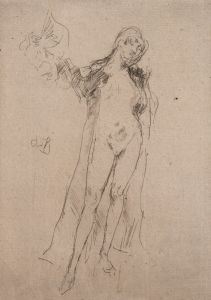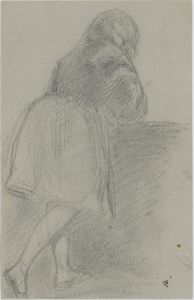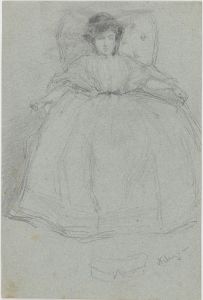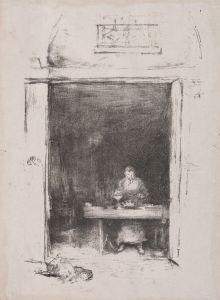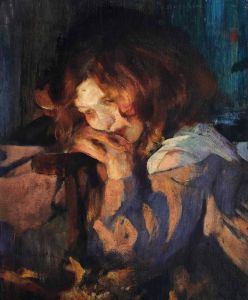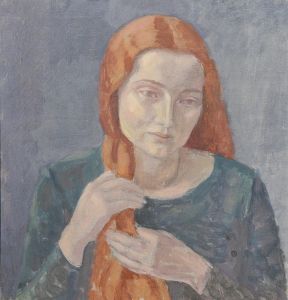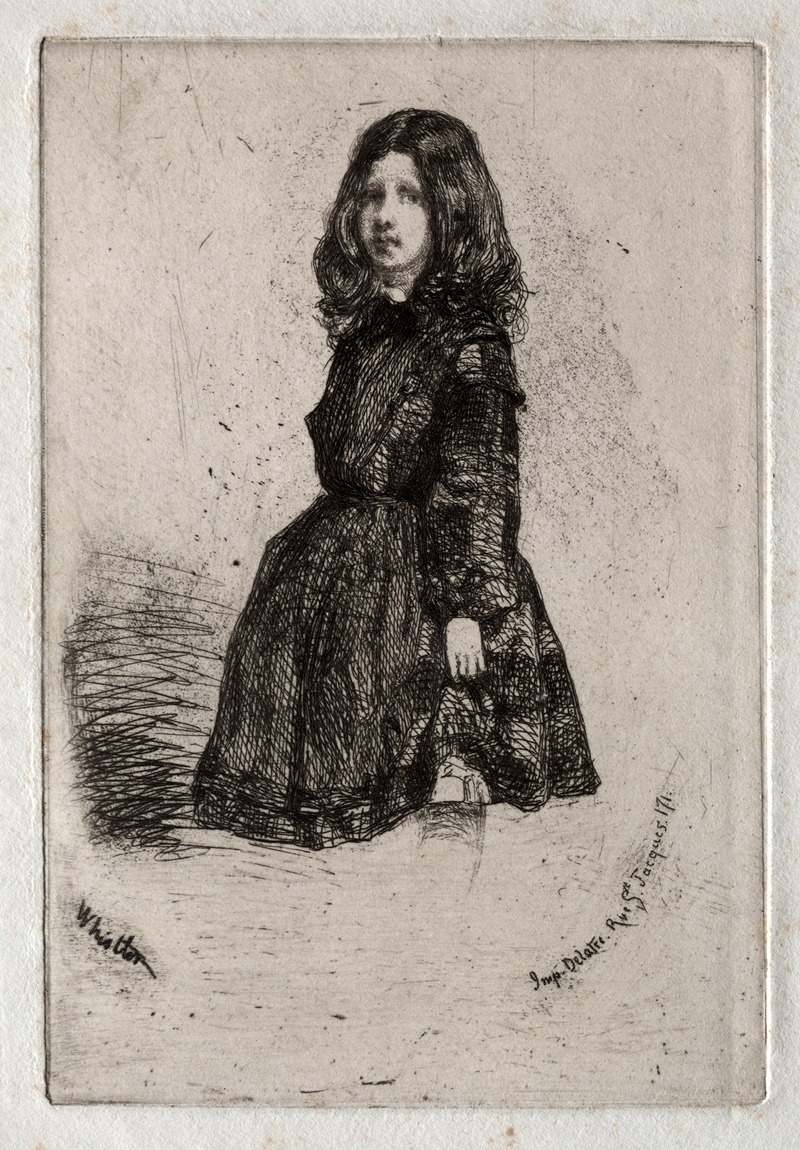
Annie
A hand-painted replica of James Abbott McNeill Whistler’s masterpiece Annie, meticulously crafted by professional artists to capture the true essence of the original. Each piece is created with museum-quality canvas and rare mineral pigments, carefully painted by experienced artists with delicate brushstrokes and rich, layered colors to perfectly recreate the texture of the original artwork. Unlike machine-printed reproductions, this hand-painted version brings the painting to life, infused with the artist’s emotions and skill in every stroke. Whether for personal collection or home decoration, it instantly elevates the artistic atmosphere of any space.
James Abbott McNeill Whistler, an influential American artist, is renowned for his contributions to the art world during the late 19th century. Among his numerous works, the painting titled "Annie" is one that reflects his distinctive style and approach to portraiture. Whistler was known for his innovative techniques and his ability to capture the essence of his subjects with subtlety and elegance.
"Annie" is a portrait that exemplifies Whistler's mastery in the use of color and composition. Whistler often employed a limited palette, focusing on the harmony of colors and the overall mood of the piece rather than intricate details. This approach is evident in "Annie," where the subdued tones and soft brushwork create a sense of intimacy and tranquility. The painting is characterized by its delicate rendering and the gentle expression of the subject, which is a hallmark of Whistler's portraiture.
Whistler's portraits often focused on capturing the personality and character of the sitter, rather than merely providing a realistic depiction. In "Annie," this is achieved through the careful attention to the sitter's pose and expression. The painting reflects Whistler's belief in the aesthetic arrangement of elements within the composition, which he referred to as "art for art's sake." This philosophy emphasized the importance of beauty and harmony in art, independent of narrative or moral considerations.
The subject of "Annie" is depicted in a contemplative pose, with a serene expression that invites the viewer to ponder her thoughts and emotions. Whistler's use of light and shadow adds depth to the portrait, enhancing the three-dimensional quality of the figure. The background is typically understated, allowing the focus to remain on the subject and her expression.
Whistler's influence on the art world extended beyond his paintings. He was a key figure in the Aesthetic Movement, which advocated for the appreciation of beauty and art for its own sake. His works, including "Annie," contributed to the development of modern art by challenging traditional notions of representation and emphasizing the importance of composition and color harmony.
"Annie" is a testament to Whistler's skill as a portrait artist and his ability to convey the inner life of his subjects. The painting is a reflection of his artistic philosophy and his commitment to creating works that are both visually pleasing and emotionally resonant. Whistler's legacy continues to be celebrated for his innovative approach to art and his influence on subsequent generations of artists.
While specific details about the creation and history of "Annie" may not be extensively documented, the painting remains an important part of Whistler's oeuvre. It exemplifies his unique style and his contribution to the evolution of portrait painting during a transformative period in art history.







